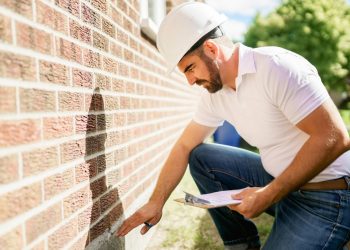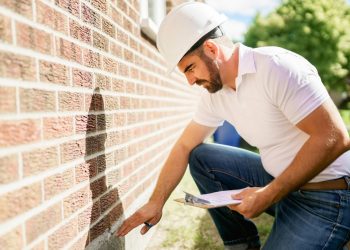The Home Inspection vs. the Home Appraisal
Post-offer and pre-closing, there is an entire checklist of steps that needs to happen before the property transfers ownership. Two of those steps are the home appraisal and the home inspection. These services assess the property and any potential risks; however, they are for very different reasons. A home appraisal will confirm the home’s value and home inspection will assess the home’s condition and safety. Read on to learn more about the difference between these two vital homebuying steps and why they are essential.
Key takeaways of a home inspection vs. a home appraisal:
- Home appraisals are required. Home inspections are advised, but not required.
- The mortgage lender will set up the home appraisal. The buyer needs to set up the home inspection.
- A home appraisal can impact the mortgage loan amount. The home inspection will not.
- A home appraiser looks at the surface value of the home and compares it to other homes in the area. A home inspector conducts a deep dive of the home to assess any potential issues.
What is a home appraisal?
If a mortgage loan is financing the home, then a home appraisal is required as part of the mortgage process. The mortgage company hires a licensed appraiser to determine the home’s value by assessing the home’s condition, size, location and comparing it to other recently sold homes in the area.
The appraiser will consider this information, determine the value and create a report so the lender can determine whether or not to approve the home loan. If the appraisal is lower than the offer price, the price will need to be negotiated. Or, if the appraisal is higher than the offer price, the buyer will have more equity in the home. A home appraisal helps protect the buyer to be sure they aren’t paying more for the house than it’s worth.
What is a home inspection?
A home inspection is when the house is carefully evaluated to assess the present condition and to identify any issues or potential red flags. The buyer hires the home inspector, and the inspection will examine the structure, roof, home systems, plumbing, home’s exterior, attic, basement and any other areas included on their checklist.
As a buyer, being present during the inspection is advised to be able to see any issues. Once the inspection is complete, the inspector will send the buyer the full report, and these findings are used to negotiate the next steps with the seller. Ways to remedy the issues include the seller making the repairs or paying for the repair costs.
Typically, a buyer’s offer is contingent on the inspection report results. In an ultra-competitive market, a buyer may choose to waive the inspection. However, this can be risky, as the inspector may find issues that could cause the buyer to walk away.











